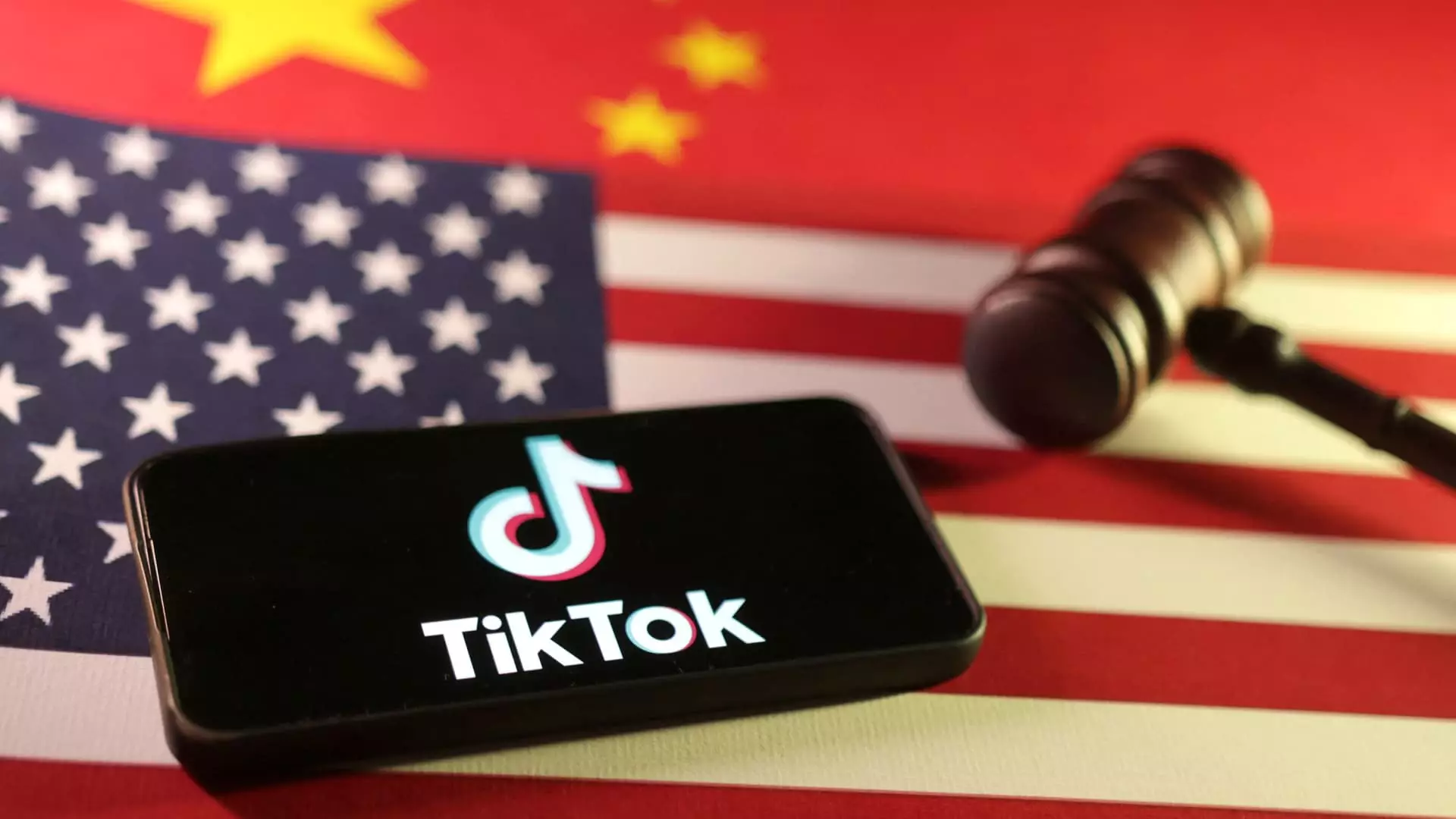As concerns around data privacy and national security escalate, American users of TikTok are increasingly looking elsewhere for their social media fix, driving a notable surge in the popularity of new platforms like Lemon8 and RedNote. These apps, developed by Chinese companies, are not only serving current users but are also attracting those apprehensive about the future of TikTok amid potential governmental restrictions. The shifting engagement patterns illuminate a complex intersection of technology, user behavior, and legislative actions that could shape the digital landscape in the near future.
At the forefront of these changes is the Protecting Americans from Foreign Adversary Controlled Applications Act (PAFACA), a legislative measure that may concretely affect the future of several social media applications. While TikTok is the primary target of this bill, experts suggest that the broad language contained within it could easily sweep in other Chinese-owned platforms, including the aforementioned Lemon8 and RedNote. Legal scholars highlight that this could foretell a chilling effect on new apps that emerge from China, especially in terms of user trust and market viability.
The specificity of the law appears to focus on apps that may pose a threat to national security; however, who defines this threat remains ambiguous. Speculation arises regarding whether the upcoming Supreme Court ruling will reinforce or dismantle such legislative scrutiny on Chinese tech companies. The decisions made could set a precedent for future actions against apps perceived to have ties to foreign adversaries, further complicating the domestic tech ecosystem.
In the midst of legislative uncertainty, Lemon8, a photo-sharing app owned by ByteDance, and RedNote, known as Xiaohongshu in China, have emerged as leaders in the U.S. app market. Both platforms have gained traction as viable alternatives to TikTok, with RedNote even reaching the top of the iOS free app charts. Their rise signals a clear pivot among American users, who may be seeking platforms that offer similar functionalities while circumventing the impending risks associated with TikTok’s future.
The user experience offered by these apps is crucial to attracting the TikTok “refugees.” The interface, ease of sharing content, and social engagement features play a significant role in user adoption and retention. If users find these alternatives meet or surpass their expectations, the competitive landscape could shift dramatically.
While the market for social media alternatives ramps up, concerns regarding data privacy and surveillance loom large in the background. Analysts predict intensified scrutiny towards apps like RedNote and Lemon8 as they continue to grow. Regulatory actions could extend beyond social media platforms, potentially impacting e-commerce sites like Temu and Shein, underscoring an overarching trend of suspicion towards Chinese tech products in the U.S. market.
The implications of PAFACA could lead to an atmosphere fraught with uncertainty, where consumer choice is constrained not just by the popularity of apps, but also by the perceived safety and legality of using these platforms. Without clarity on the regulatory landscape, users may hesitate to invest their time and data into platforms that could be abruptly shuttered by governmental intervention.
As the Supreme Court deliberates on the constitutionality of PAFACA, the fate of TikTok hangs in the balance, casting a shadow over alternative platforms like Lemon8 and RedNote. The outcome of pending legal battles will influence whether future Chinese apps can gain a foothold in the U.S. market or if they will face the same fate as TikTok.
This evolving narrative highlights the intricate relationship between technology, policy, and user choice. As digital consumers increasingly weigh the benefits of app functionalities against the creeping influence of government regulations, the ultimate winners and losers in this battle for digital space will be determined not just by market dynamics but also by the forces of law and policy on a global stage. The question remains: will the user embrace these new platforms against the backdrop of heightened regulatory scrutiny, or will fear of bans stifle their growth? The answers, shaped by both consumer behavior and legislative outcomes, will significantly define the future of social media in America.

